This series by American studies professor Ben Railton explores the connections between America’s past and present.
Last week, President Biden made history when he announced the first Black woman to be nominated to a seat on the U.S. Supreme Court. Judge Ketanji Brown Jackson, currently a federal appellate court judge in Washington, D.C., would if confirmed replace the retiring Justice Stephen Breyer and become only the third African American Justice in the Court’s 232-year history (which has included 115 total Justices, 108 of them white men). While the confirmation process is likely to be as contested as everything else in our current climate, it is in any case worth commemorating such a long-overdue inclusion of an integral American community to our highest legal authority.
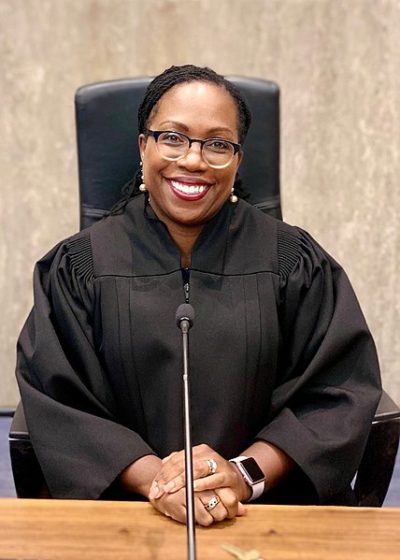
But without diminishing the moment and honor in any way, it isn’t quite accurate to say that Ketanji Brown Jackson is the first Black woman nominated to the Supreme Court. Just over 50 years ago, in September 1971, the lawyer, scholar, priest, author, and activist Pauli Murray wrote to President Richard Nixon to self-nominate for the Supreme Court seat that had been vacated by the retiring Justice Hugo Black. Nixon didn’t accept Murray’s self-nomination, nor indeed it seems respond to her letter in any way. But the letter allows us, in light of last week’s historic nomination and as we transition from Black History Month to Women’s History Month, to better remember both Murray and the long history of Black women in the American legal profession.
Pauli Murray (1910-1985) achieved a great deal across her inspiring 75-year life, including becoming the first Black woman ordained as an Episcopal priest in 1977. That deeply impressive life story has been chronicled in a number of recent biographical works, from books like Patricia Bell-Scott’s The Firebrand and the First Lady (2016) and Rosalind Rosenberg’s Jane Crow (2017) to the acclaimed documentary My Name is Pauli Murray (2021). Here I want to focus on a few striking and influential moments in her groundbreaking quest to gain entrée into a legal profession that consistently sought to exclude her.
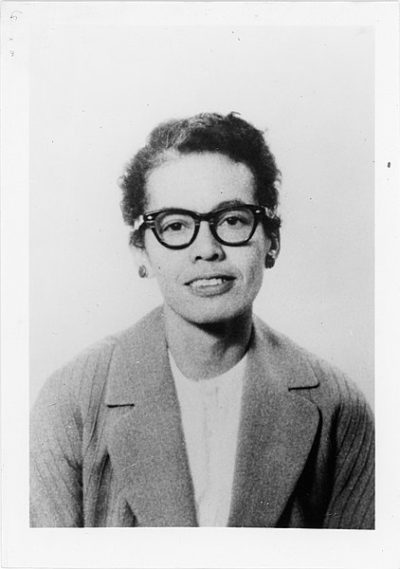
After becoming profoundly invested in challenging legal segregation due to personal experiences with that system in the 1930s and early 1940s, as well as her service during these years as a committee member for the Workers’ Defense League (WDL), Murray enrolled at Howard University’s law school in 1941. She was the only woman in her class, and on her first day of classes Professor William Robert Ming remarked that he didn’t know why women would attend law school. But Murray not only persevered but thrived, publishing a 1942 article “Negro Youth’s Dilemma,” which challenged racial segregation in the military; joining the Congress of Racial Equality (CORE), where she took part in numerous sit-ins; being elected Chief Justice of the Howard Court of Peers; and graduating first in her class in 1944.
Because she was a woman, Murray was not eligible to receive the Julius Rosenwald Fellowship for graduate work at Harvard that was usually awarded to those who graduated first in their class, the latest restriction she faced under a system of dual discrimination she nicknamed “Jane Crow.” So she continued to chart her own legal career path: doing post-graduate work at Berkeley and publishing her master’s thesis, “The Right to Equal Opportunity in Employment,” in the California Law Review; passing the California bar in 1945 and being hired as the state’s first Black deputy attorney general in 1946; and, most impressively and influentially, publishing in 1950 her hugely groundbreaking book States’ Laws on Race and Color. This thoroughly researched work, which called for civil rights lawyers to challenge segregation directly as unconstitutional, would according to Thurgood Marshall become “the Bible of the Civil Rights Movement.”
Murray was just as influential in her work to challenge gender-based segregation and discrimination, which she saw as profoundly interconnected with racism. In 1961 President Kennedy appointed her to the President’s Commission on the Status of Women, for which she wrote the important memo “A Proposal to Reexamine the Applicability of the Fourteenth Amendment to State Laws and Practices Which Discriminate on the Basis of Sex Per Se.” In 1965, she and her co-author Mary Eastwood published “Jane Crow and the Law: Sex Discrimination and Title VII,” which linked the 1964 Civil Right Act to women’s rights. And in 1966 she co-founded the National Organization for Women (NOW), which she saw as an NAACP for women’s rights and through which she helped achieve the Supreme Court’s landmark decision in Reed v. Reed (1971), which for the first time extended the 14th Amendment’s equal protection clause to women.
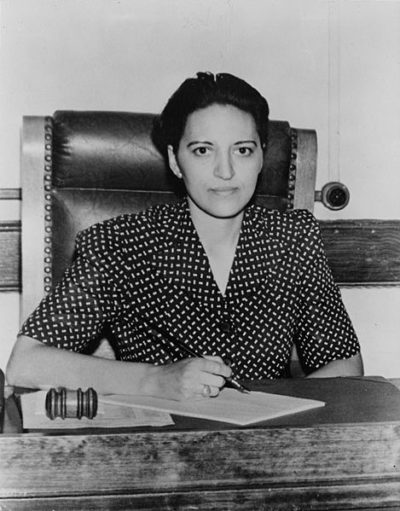
While Murray was truly groundbreaking in all those and many other ways, she was also carrying on the legacy of earlier influential Black women. There’s Jane Bolin (1908-2007), the first Black woman to graduate from Yale Law School, the first to join the New York City Bar Association and the New York City Law Department, and, when she was sworn into the bench of the New York City Domestic Relations Court in 1939, the first Black woman to serve as a judge in the United States. And there’s Charlotte Ray (1850-1911), an 1872 graduate of Howard University Law School who is believed to be the first Black woman lawyer in the U.S. and who most definitely was the first to appear before the Supreme Court of the District of Columbia when she successfully argued the 1875 case of Martha Gadley, a Black woman petitioning for divorce from her domestic abuser husband.
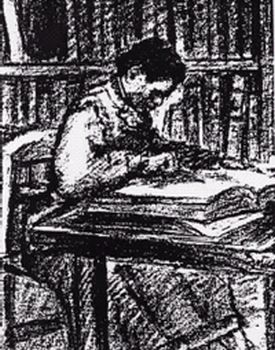
When Judge Ketanji Brown Jackson accepted President Biden’s nomination, she too was taking a groundbreaking step for Black women in America. But in so doing she is also proceeding further down the trail blazed by Pauli Murray on so many levels, and extending as Murray did the legacy of Jane Bolin, of Charlotte Ray and Martha Gadley, of the centuries of African American women who have refused to accept multi-faceted discrimination and have fought to make the law inclusive and equal for them, their peers, and their descendants.
Featured image: Pauli Murray (Carolina Digital Library and Archives via the Creative Commons Attribution-Share Alike 3.0 Unported license, Wikimedia Commons)
Become a Saturday Evening Post member and enjoy unlimited access. Subscribe now
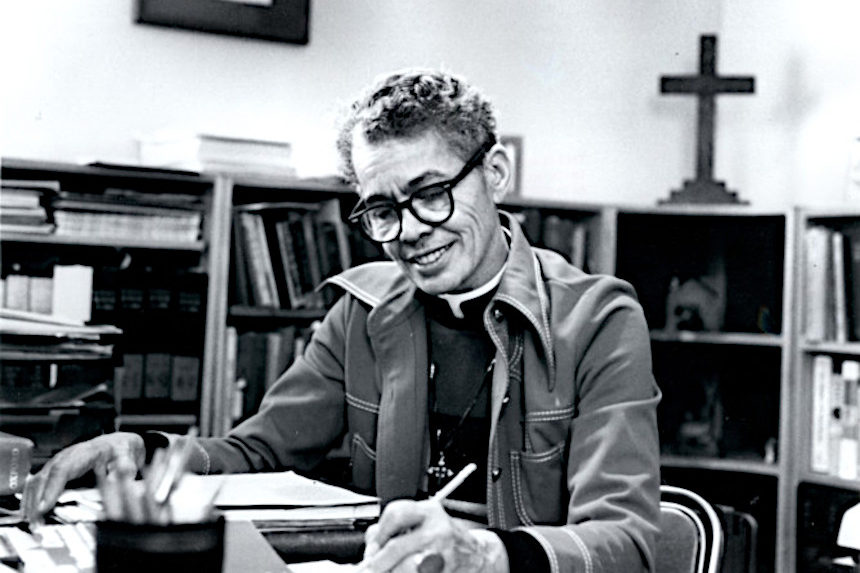



Comments
I really appreciate all that she has done, and because of what she has done. She has inspired and given hope too the (real) black woman of this world…in so many ways letting us know all thing r possible to those who believe. Thank you Ms Murray.
I really marvel at this remarkable American woman (who happens to be Black) and all she accomplished within her lifetime, drawing on the experiences of those who came before her, to help those in the present and those that would come after her.
She didn’t let obstacles discourage her or get in her way, when most people would have. Ms. Murray is a fine inspiration for all Americans, regardless of race, to not get discouraged and always do your best.